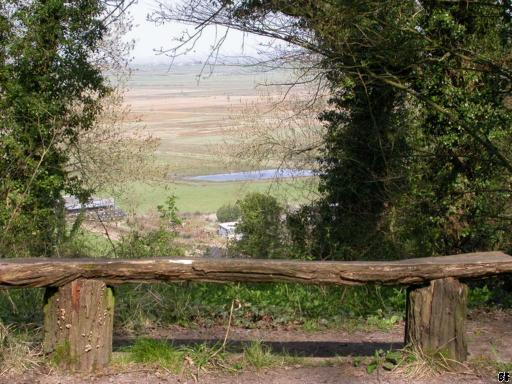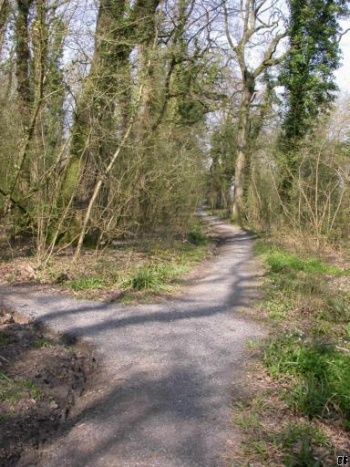Overview
On the famous and once much more extensive Somerset Levels, this reserve consists of low-lying meadows with numerous drainage dykes and deciduous woodland on an escarpment at the southern edge. Much of the area is flooded in winter and used for haymaking and cattle grazing in the summer. It is located near Langport, Somerset, England.
Birds
Notable Species
Breeding birds include waders such as Northern Lapwing, Common Snipe, Black-tailed Godwit, Eurasian Curlew and Common Redshank and this marshland is probably the most important area for these species in western England. Yellow Wagtail, Whinchat and Reed Warbler and Sedge Warbler also nest in the marshes.
As well as the region's largest heronry, the woodland has Eurasian Sparrowhawk and Common Buzzard, Tawny Owl, Stock Dove and all three British woodpeckers.
Passerine breeders include Eurasian Nuthatch, Nightingale, Marsh Tit and, rare in this area, Willow Tit.
This is one of the most important stopover points in Britain for Whimbrel on spring passage when several thousand may be present. Northern Hobby and Marsh Harrier are regular passage visitors and various waterfowl and wader species also occur.
The area is important in winter for Golden Plover, Bewick's Swan, Common Teal and Eurasian Wigeon with huge numbers of Northern Lapwing. Various other waterfowl occur in small numbers including diving ducks.
Merlin, Peregrine Falcon, Hen Harrier and Short-eared Owl are regular winter hunters.
Checklist
Birds you can see here include:
Grey Heron, Mute Swan, Bewick's Swan, Eurasian Wigeon, Common Teal, Mallard, Northern Pintail, Northern Shoveler, Common Pochard, Tufted Duck, Common Goldeneye, Western Marsh Harrier, Hen Harrier, Eurasian Sparrowhawk, Common Buzzard, Common Kestrel, Merlin, Northern Hobby, Peregrine Falcon, Water Rail, Northern Lapwing, Eurasian Golden Plover, Northern Lapwing, Dunlin, Ruff, Jack Snipe, Common Snipe, Black-tailed Godwit, Whimbrel, Eurasian Curlew, Common Redshank, Green Sandpiper,([rare W), Stock Dove, Common Woodpigeon, Common Cuckoo, Western Barn Owl, Little Owl, Tawny Owl, Short-eared Owl, Green Woodpecker, Great Spotted Woodpecker, Lesser Spotted Woodpecker, Eurasian Skylark, Meadow Pipit, Yellow Wagtail, Common Wren, Dunnock, Eurasian Robin, Common Nightingale, Whinchat, European Stonechat, Eurasian Blackbird, Fieldfare, Song Thrush, Redwing, Mistle Thrush, Sedge Warbler, Common Reed Warbler, Blackcap, Willow Tit, Marsh Tit, Blue Tit, Great Tit, Eurasian Nuthatch, Common Treecreeper, Common Magpie, Rook, Carrion Crow, Chaffinch, Reed Bunting, Corn Bunting
Other Wildlife
Roe Deer are common in the reserve as well as Brown Hare, Fox and Badger.
More than 20 species of butterfly have been recorded and a dozen dragonflies.
Botanically the reserve is rich and some of the meadows have Cowslips, Green-winged and other orchids, Ragged Robin and Marsh Marigold with Water Violet in the dykes.
Site Information
West Sedgemoor is worth a visit at any time of year but birds are generally fewer in dry summers and severe winters.
History and Use
To do
Areas of Interest
To do
Access and Facilities
To reach the reserve leave the A378 Taunton to Langport road 2km east of Fivehead village.
There is a car park and marked trail and hides overlook the heronry and marshes.
The heronry hide has disabled access.
Grid Ref: ST361238
Contact Details
Tel: 01458 252805
External Links
Content and images originally posted by Steve and Andrew





